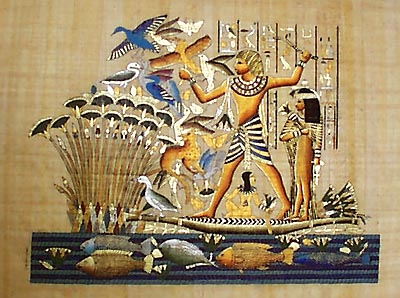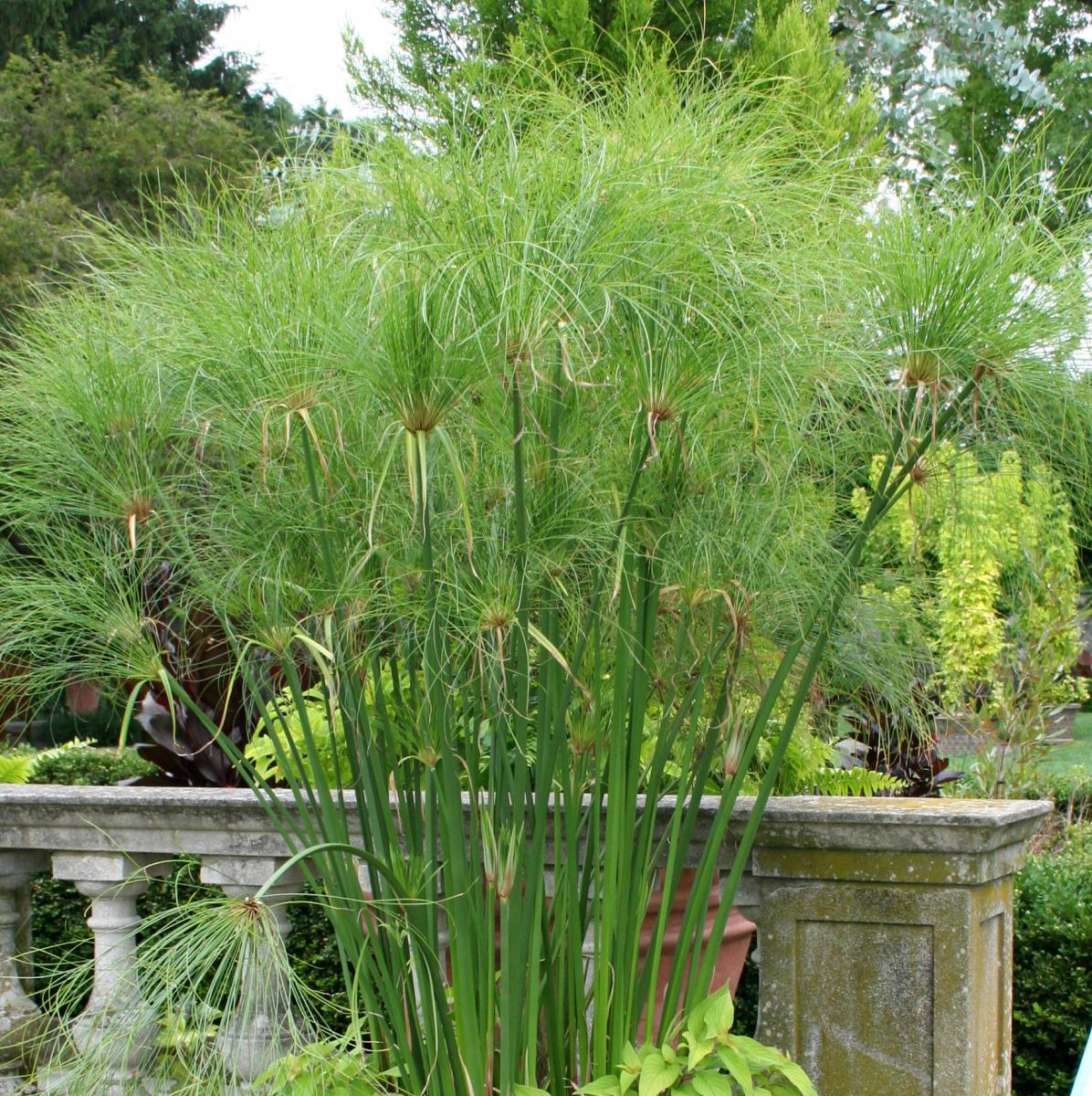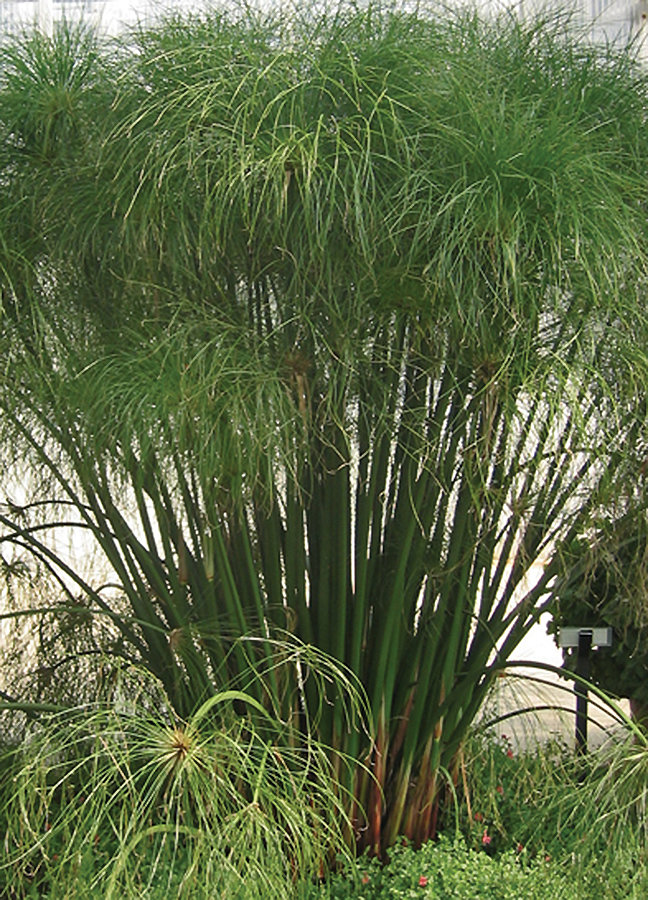

For situations where its base or roots have become rotten, click on this link!Īverage room humidity is best.

Over-watering symptoms include yellowed lower leaves, a rotten stem, and for severe cases, wilting with mouldy soil. Under-watering symptoms include a loss of older leaves, stunted growth, yellowed foliage and wilting. Reduce waters slightly in the autumn and winter months to replicate its dormancy. The combination of prolonged droughts and extended periods in direct light will result in sun-scorch and terminal damage to its leaves. Aim to water once the top third dries out, preventing the risk of dehydration. We'd recommend situating your specimen in a semi-shaded conservatory, south-facing porch or within two metres of a window.Īs this species requires good levels of light, its soil will dry out rather quickly. Due to its intolerance to low light, situations where a newspaper can’t be read without the use of artificial light, must be avoided at all costs. Gentle exposure to the sun will not only reduce the risk of over-watering, but it'll also maintain the colourful variegations of its foliage.

Situate your Papyrus in a relatively bright location that offers several hours of off-peak sunlight. For those who have recently purchased an outdoors specimen, be sure to check for pests before introducing it into the home, which is generally unrecommended due to environmental shock.Transplant every two years using a 'Houseplant' labelled compost and the next sized pot with adequate drainage holes.Fertilise using a 'Houseplant' labelled feed every four waters in the spring and summer, reducing this to every six in the colder months.Avoid total dehydration due to the species' poor tolerance to dry soil. Allow the soil's top third to dry out in between waters, reducing this slightly further in the winter months.During the autumn and winter, be sure to increase this to at least three hours to avert the risk of over-watering and weakened health. Present a bright location with a splash of morning or evening sunlight.Need the answer to a specific plant query? Book a 1-to-1 video call with Joe Bagley, the website's friendly author, to overcome and address your niggling problem! Available on iMessage, WhatsApp, Facebook Messenger & more. Origins, Temperature, Propagation, Repotting & Toxicity.Location, Water, Humidity & Fertilisation.

For evergreen grasses this wounding will really affect their ability to live through the winter. Dividing plants wounds them to some degree. In areas where winter temperatures remain above 35 degrees it can be considered a perennial and the following information should be useful.Įvergreen or neutral grasses are usually plants that look like grasses but aren't actually classified as grasses, they are generally called grass-like plants.ĭivide evergreen or neutral grasses and grass-like plants in spring only. It should not be expected to live through the winter and begin growing again in the spring. Once the grass turns brown it can either be removed immediately or removed in the spring. Where temperatures get colder than 35 degrees F, the plants should be treated as annuals. Prince Tut is an evergreen or neutral grass. It is best to keep the soil moist, but once established Price Tut has can be surprisingly tolerant of dry conditions. Prince Tut will also do well when planted in normal garden beds. If the plant is put into a pot, I would suggest plugging the hole or holes in the bottom of the pot to keep as much water as possible in the pot. The root ball can be submerged but it isn't necessary. The purpose is to keep the bulk of the soil or root mass wet. The crown of the plant should never be covered in water and in fact both of these varieties can thrive in water as shallow as a few inches. The plant can be planted in pots, along the waters edge of a pond, or even in a pond. It is a very fast grower and will quickly grow to impressive size when replanted in the spring. Maintenance Notes: Cyperus Papyrus is not hardy enough to survive winters with freezing temperatures and it is not a candidate to overwinter inside. With shorter stems than King Tut, Prince Tut is quite sturdy and less likely to have stems flop. Fun and interesting, without being so overwhelmingly huge. A nicely compact form of Egyptian Papyrus, about half the height of King Tut, but with the same large poms on the ends of the stems.


 0 kommentar(er)
0 kommentar(er)
